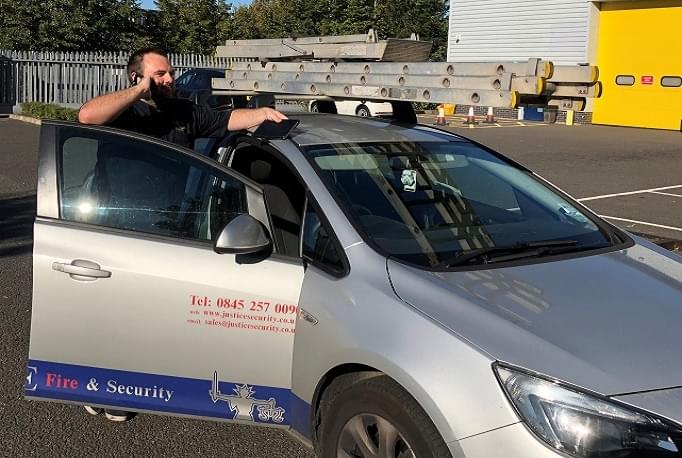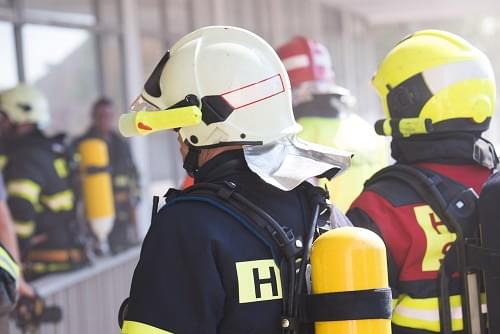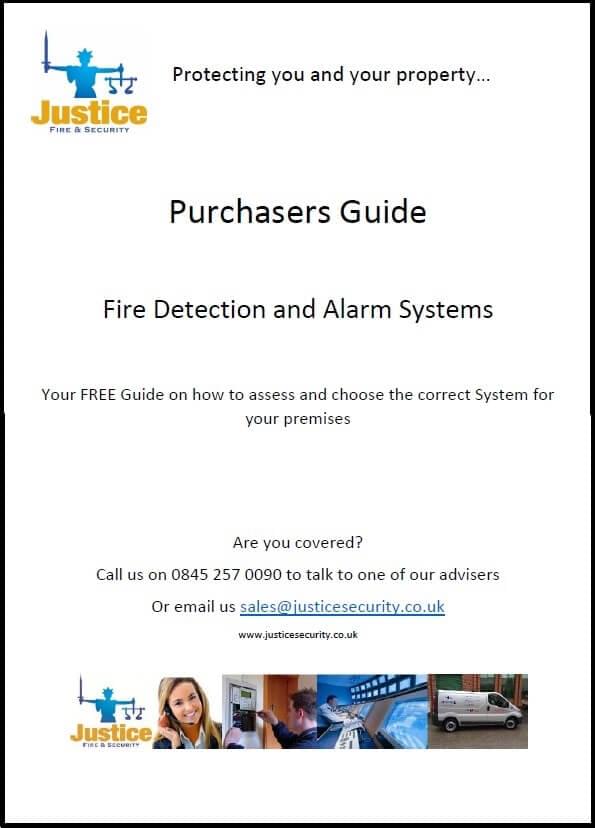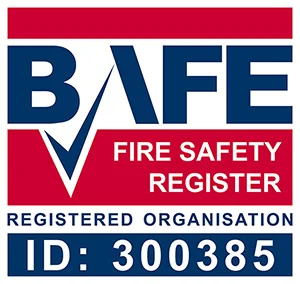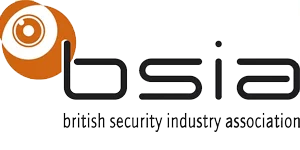With the majority of commercial installations we undertake in offices, factories, shops, schools, hotels or hospitals, the alarm system is connected to our Alarm Receiving Centre.
This is for good reason.
The monitoring station is there to immediately alert the emergency services in the event of activation at your site – such as when there is a break-in, an act of vandalism or a smoke detector goes off after picking up signs of a fire.
Having 24 hour monitoring makes eminent sense. After all, if your system is not monitored, then you are totally reliant on yourself, members of staff or even a passing pedestrian to alert the emergency services, should there be a problem. If the building is empty or in a remote location and a fire breaks out, you don’t want to be reliant on a fortuitous intervention as your last line of defence against the entire premises being destroyed.
So, having an alarm monitoring service acting as your eyes and ears 24/7 is an important back-stop to protect your personnel and property. It is often an insurance requirement as well.
Avoiding unintentional alarm activations
If your business is connected to an alarm monitoring system, however, it will pick up any type of activation – intentional or unintentional. So it’s imperative that you don’t trigger a call point for example unnecessarily.
1. Be Prepared
Before your weekly fire alarm testing, you should contact the monitoring station to let them know that this is purely a test, or that there is no cause for concern and that they shouldn’t summon the emergency services. Our monitoring stations enable you to do this by using their automated system via the telephone.
The last thing you want is to trigger a response for a false alarm and an unwanted call-out by the fire brigade. They won’t be best pleased and you could end up with egg on your face. Worse still, a fine could follow, if it happens repeatedly.
2. Cover equipment or change settings
Before you begin any maintenance or refurbishment work that might be dust or particulate producing, advise us well in advance and we can come along and change the setting of the detector heads. You can then safely put covering over them. Vinyl surgical gloves or proper head covers (supplied by us) form an air tight seal and will do the job. If the head settings don’t get changed, dust may well get in them, setting them off because they might think there is a fire.
Also, don’t have toasters near your detection equipment. Many fire officers won’t even permit toasters in commercial buildings – so please check first. If you do have a toaster, keep it well away from where the heads are situated!You don’t want an alarm going off every time you put the bread in!
3. Reset equipment after testing and maintenance
If you have taped the heads (as above), please remember to remove the covering after the work is completed – an easy oversight. Otherwise, you will leave yourself vulnerable, because the heads won’t be able to pick up any signs of fire.
4. Let us know first!
If you are doing any work, and you are unsure about what precautions to take, let us know and we can advise you accordingly. There is no shame in asking! We will be happy to reset any call point level of sensitivity, i.e. blocking off the smoke element, so there isn’t any unwanted detection. It is important, however, that we are also informed at the end of the work, so that we can return the settings back to their correct monitoring status.
5. Good Practice
In the event of an actual fire, dial 999 anyway as a back-up, just in case there is a slight delay before the monitoring station makes contact with the relevant emergency service.
At Justice Fire & Security, our main priority is that your premises are safe at all times, but also that you and your staff are entirely comfortable with how the alarm system works. If you require further advice about how to activate and disarm your alarm system, please call our support team on 0845 468 0927. They will be happy to give you all the help you need and to ensure you don’t inadvertently have fire engines heading in your direction.
For more information please download our FREE guide or browse our Fire and Life Safety systems sub menu on the right.


